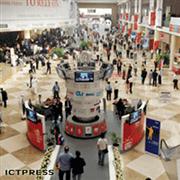
GITEX 2013 : Dubai Solar Park: drawing on infinite possibilities
ICTPRESS Report By Gulf news : GITEX TECHNOLOGY WEEK 2013
Just a short drive away from Dubai’s awe-inspiring skyline lies the first phase of the Mohammad Bin Rashid Al Maktoum Solar Park: row upon row of black solar panels shimmer in the heat, a seemingly futuristic mirage in the desert. The plant’s 152,880 First Solar thin film modules work silently, using the photovoltaic (PV) effect to convert sunlight into electricity.
The 13 megawatt solar PV power plant in Seih Al Dahal will generate more than 24 million kilowatt hours of electricity per year. Electricity generated by the power plant will displace an average of more than 15,000 metric tonnes of CO2 annually, equivalent to removing 2,000 cars from the road every year.
Beyond the impressive statistics, however, the plant represents the Middle East’s solar energy sunrise; a pilot project that will help define how solar power plants are built in and around the region in the, not-too-distant, future.
The plant, built to the exacting standards of the Dubai Electricity and Water Authority (Dewa), is powered by advanced thin-film PV modules. In fact, the modules bring a number of benefits to the equation: for instance, their efficiencies — certified by independent research laboratories — translate into better diffused light performance.
In other words, the panels will continue to generate electricity on those, rare, cloudy days or in, humid dusty conditions. Certified for hot weather, the panels — and consequently, the plant — are designed to operate even in the hottest summer months.
Additionally, by selecting PV for the first phase of the Solar Park, Dewa has elected to conserve the country’s most precious resource: water. PV energy uses little to no water during operation, contributing to the efforts to address the traditional water-energy nexus. Significantly, the plant will help Dubai avoid the annual consumption of approximately 32,000 metric tonnes of water per year — sufficient to fill approximately 13 Olympic-sized swimming pools — from displacing thermoelectric power generation.
An equally important outcome of the project is the fact that as much as 50 per cent of the cost of the plant was spent locally — ranging from the racks used to support the panels to the electrical components, including transformers, cables and switchgears, all of which were sourced from the UAE — contributing towards domestic economic growth and generating business for contractors and suppliers.
Even as the plant connects to the grid and UAE starts to reap the benefits of clean, affordable solar electricity, it will be important to pause and acknowledge the significance of this achievement. There is no doubt that this, the first phase of the Park is a gamechanger, not just for Dubai but also for the solar industry. It establishes a much needed benchmark and demonstrates that solar PV, with its price and operational efficiencies, is the right fit for the region’s renewable energy needs.
While the average consumer will not be able to differentiate between energy generated from solar and conventional sources, the fact remains that this plant is a significant first step in the fulfillment of a greater vision: one which has been built on the pillars on sustainability, economic progress and energy security.

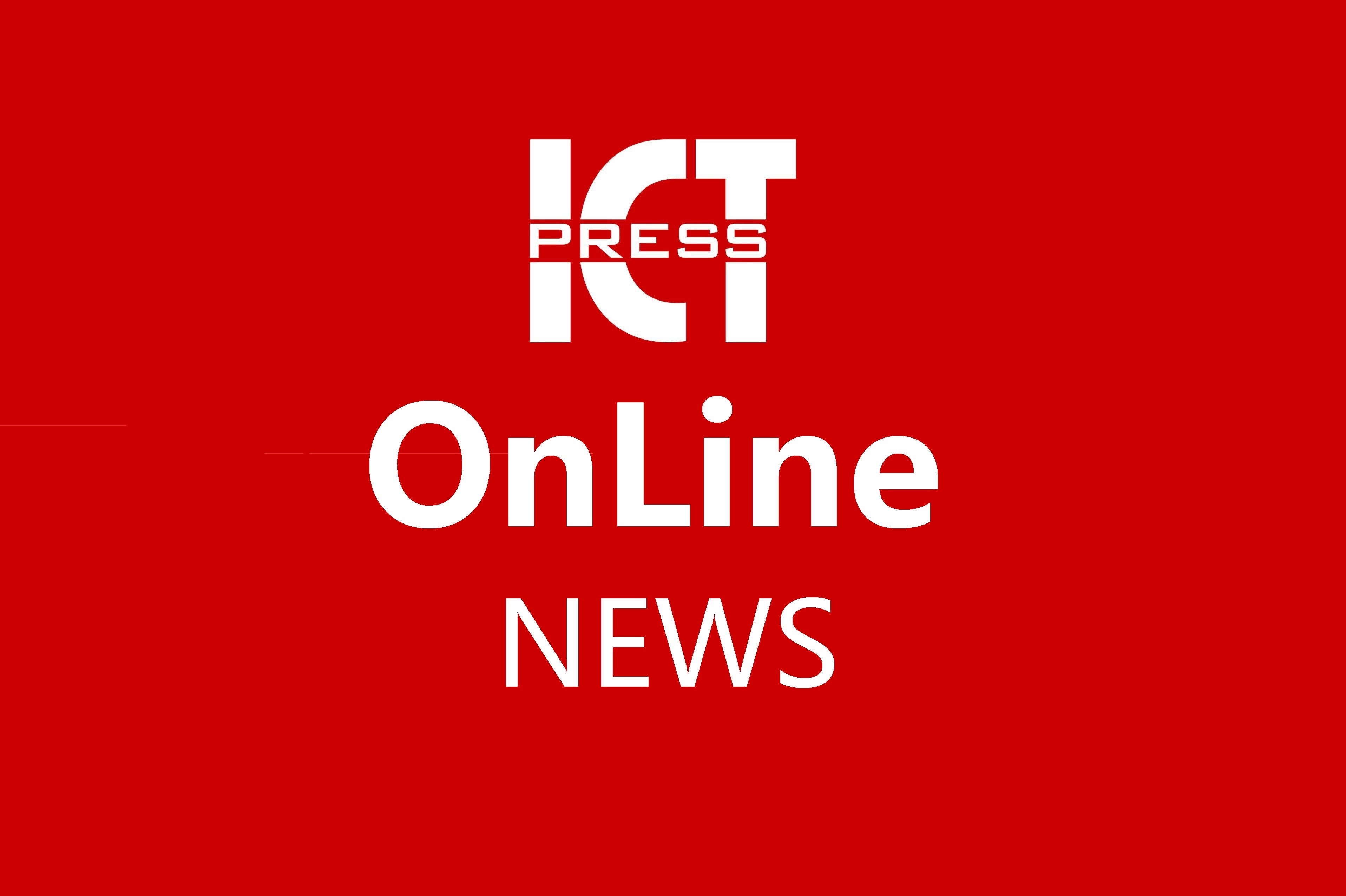
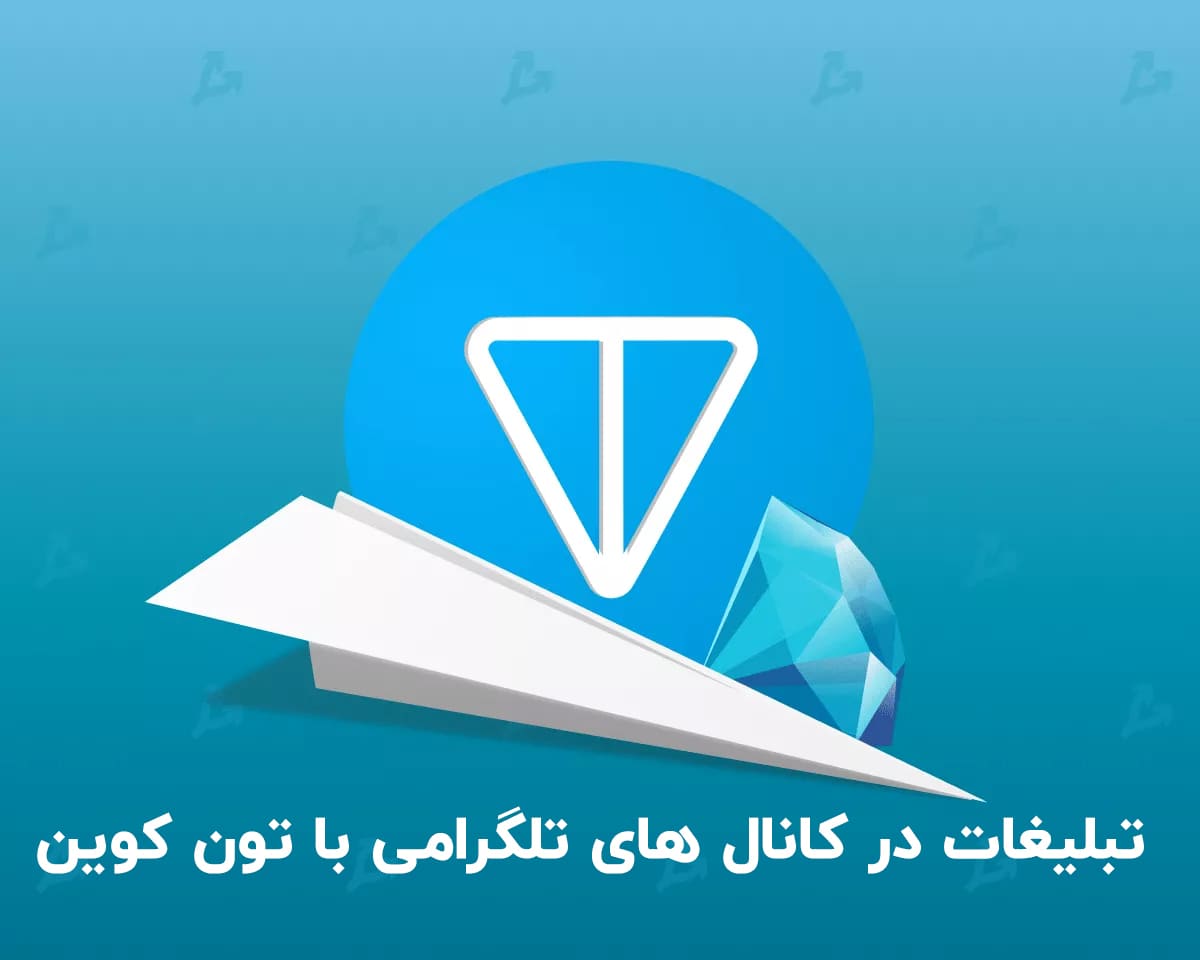

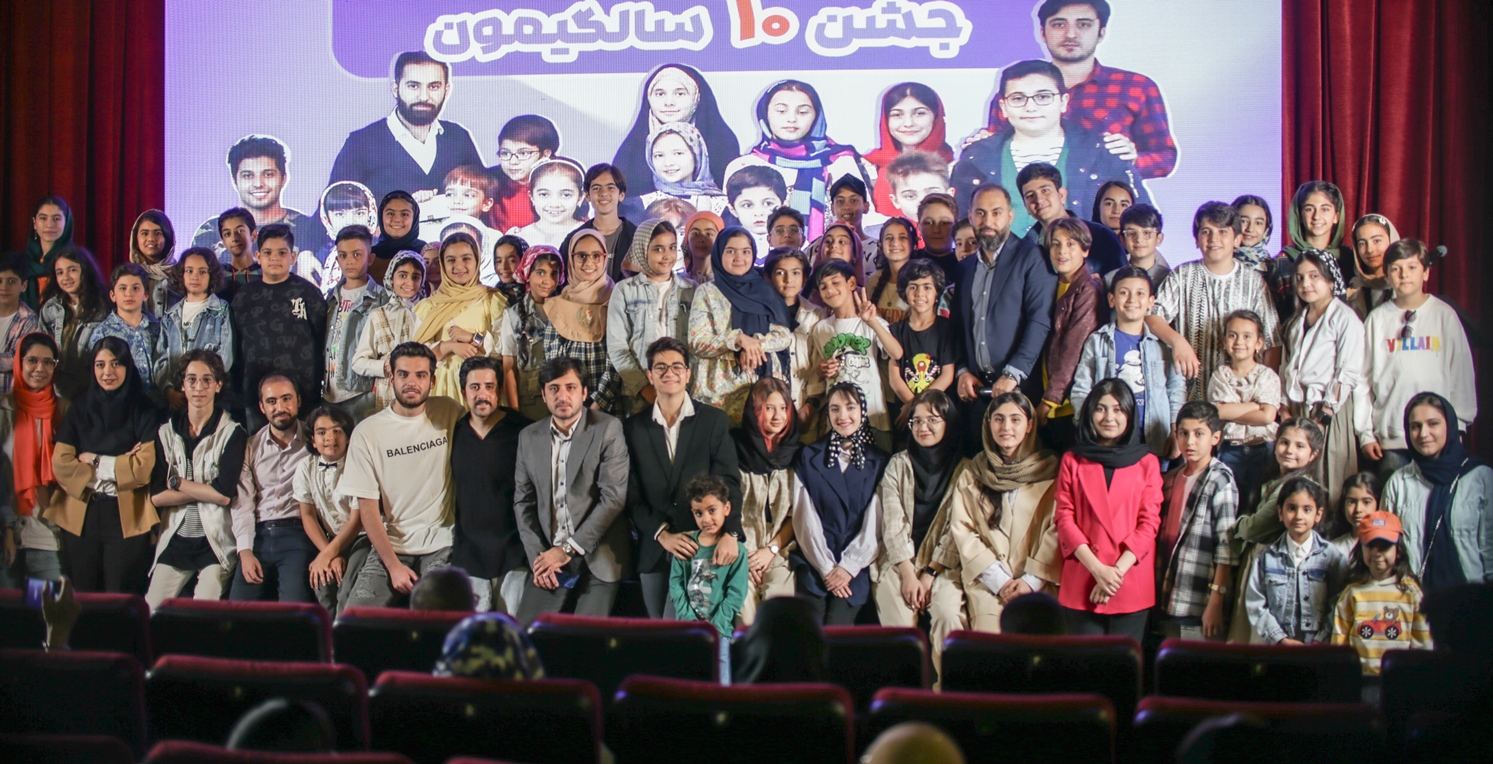
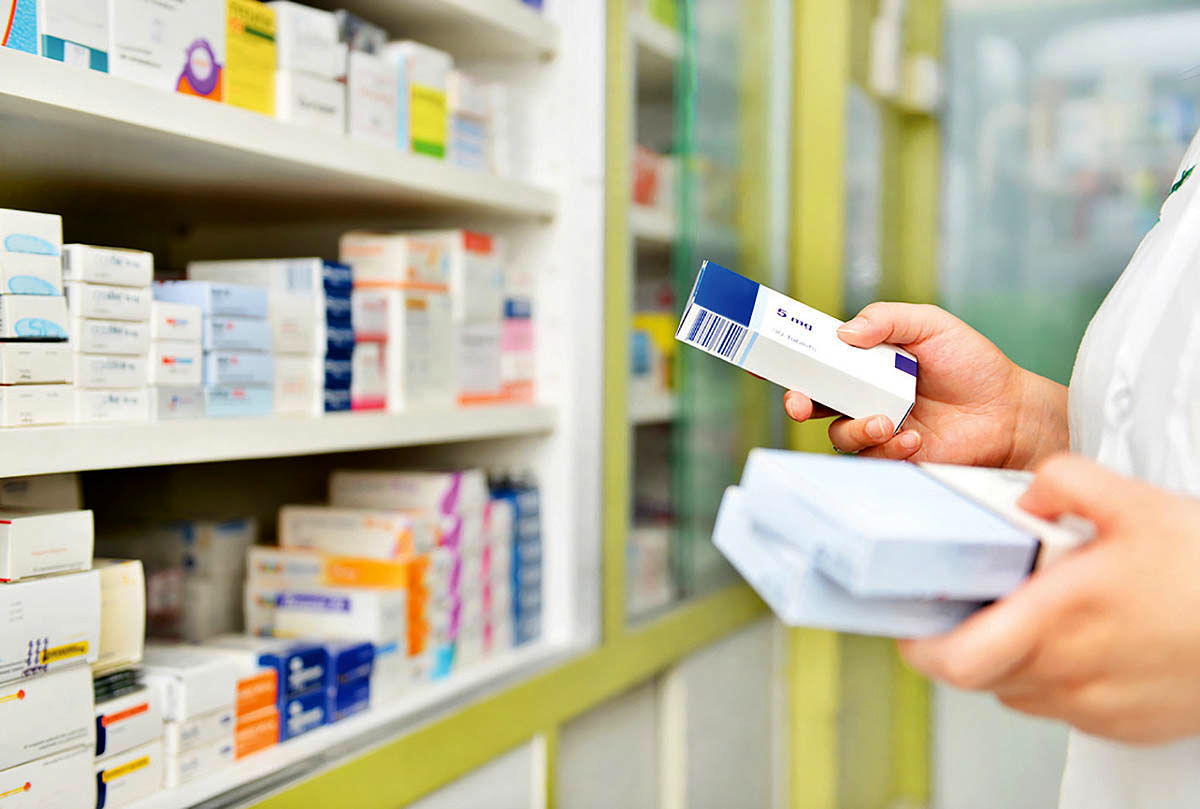

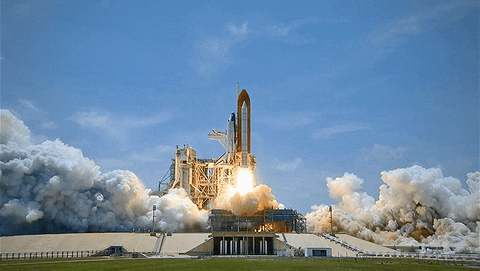




1713183455.jpg)
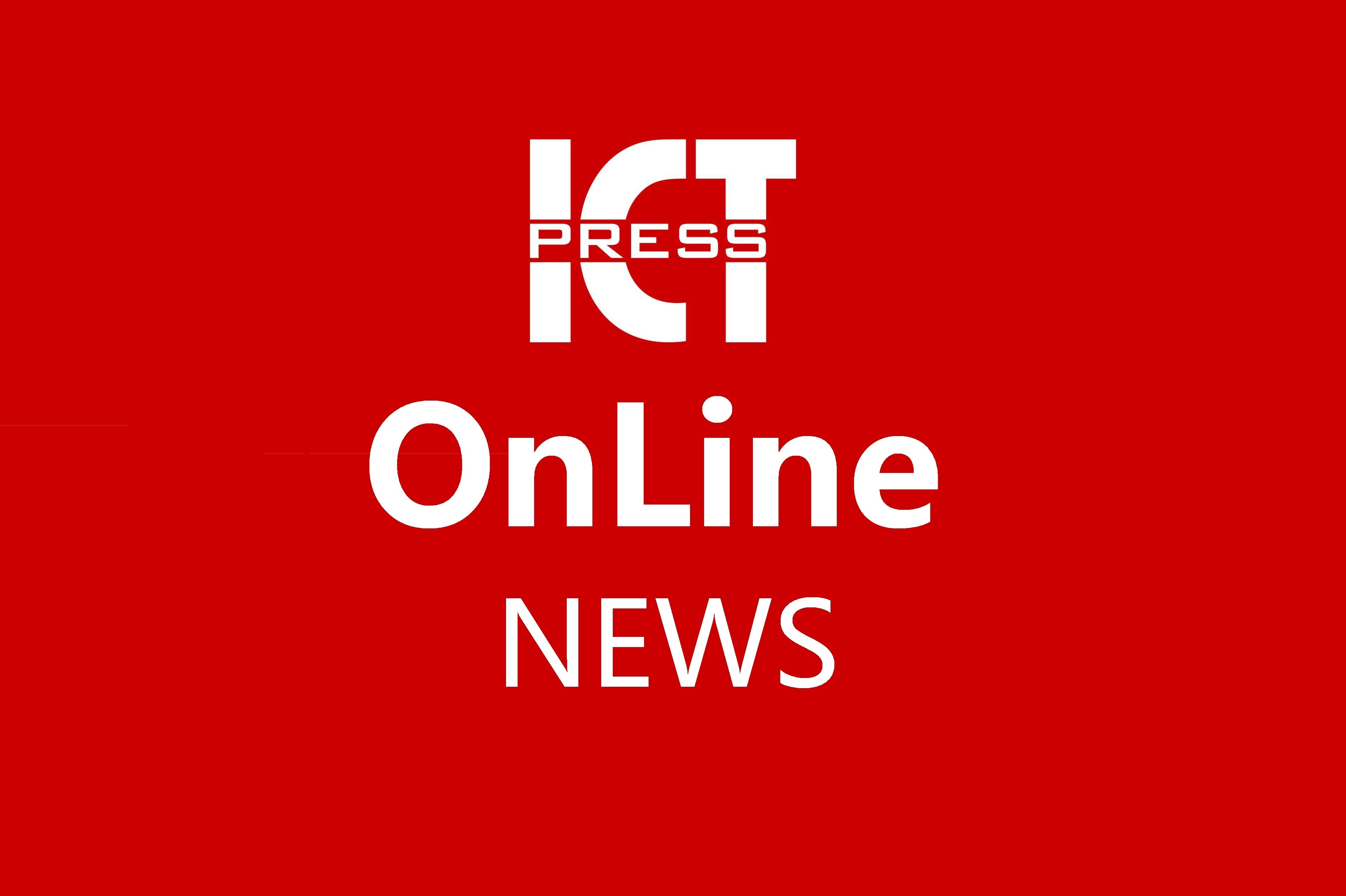
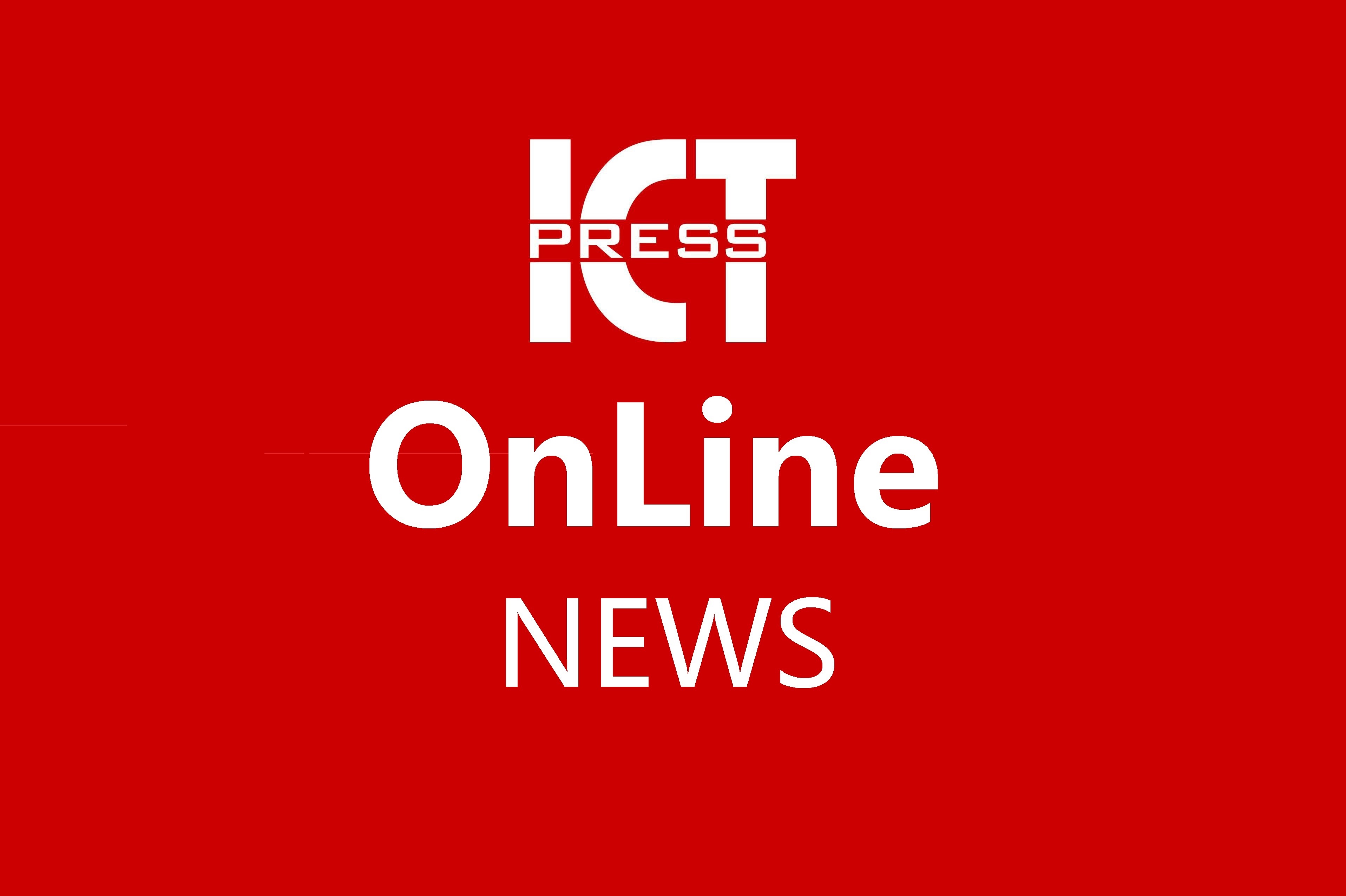
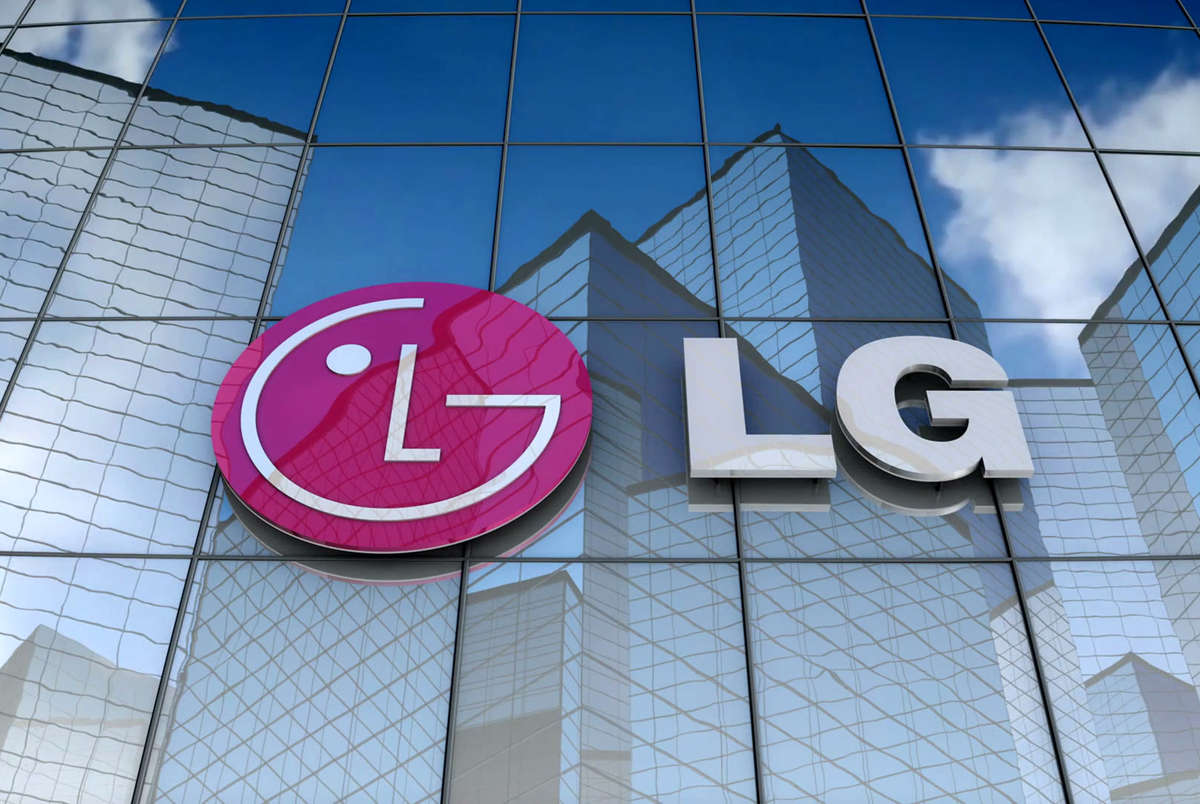

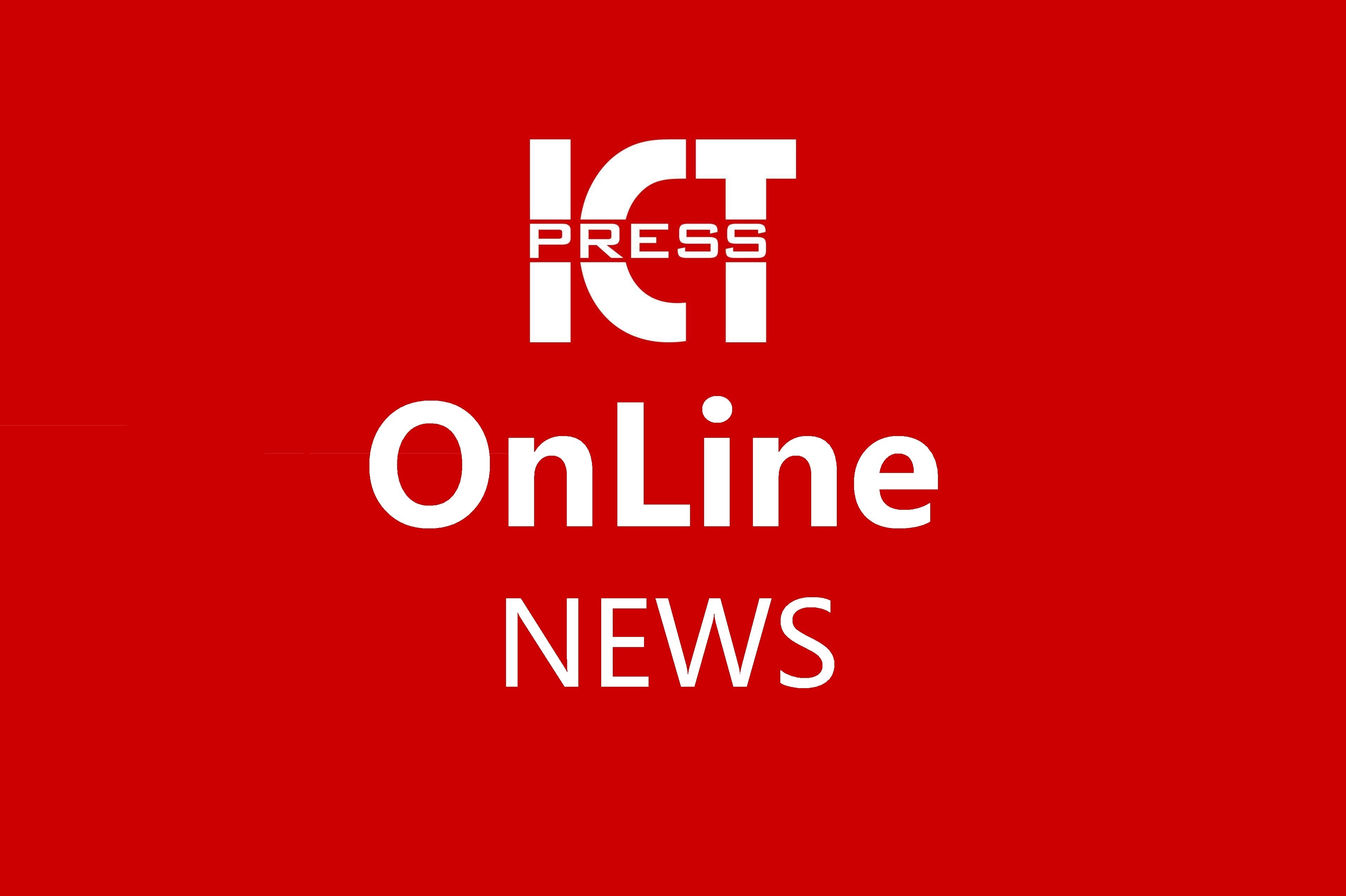
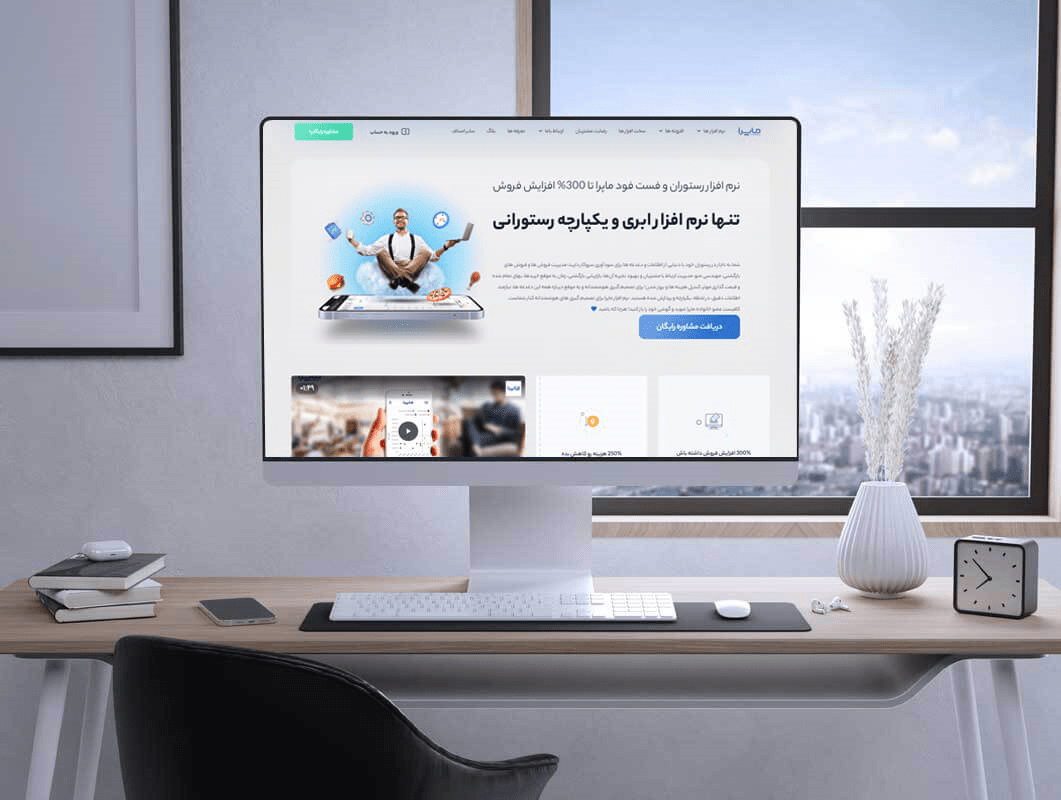
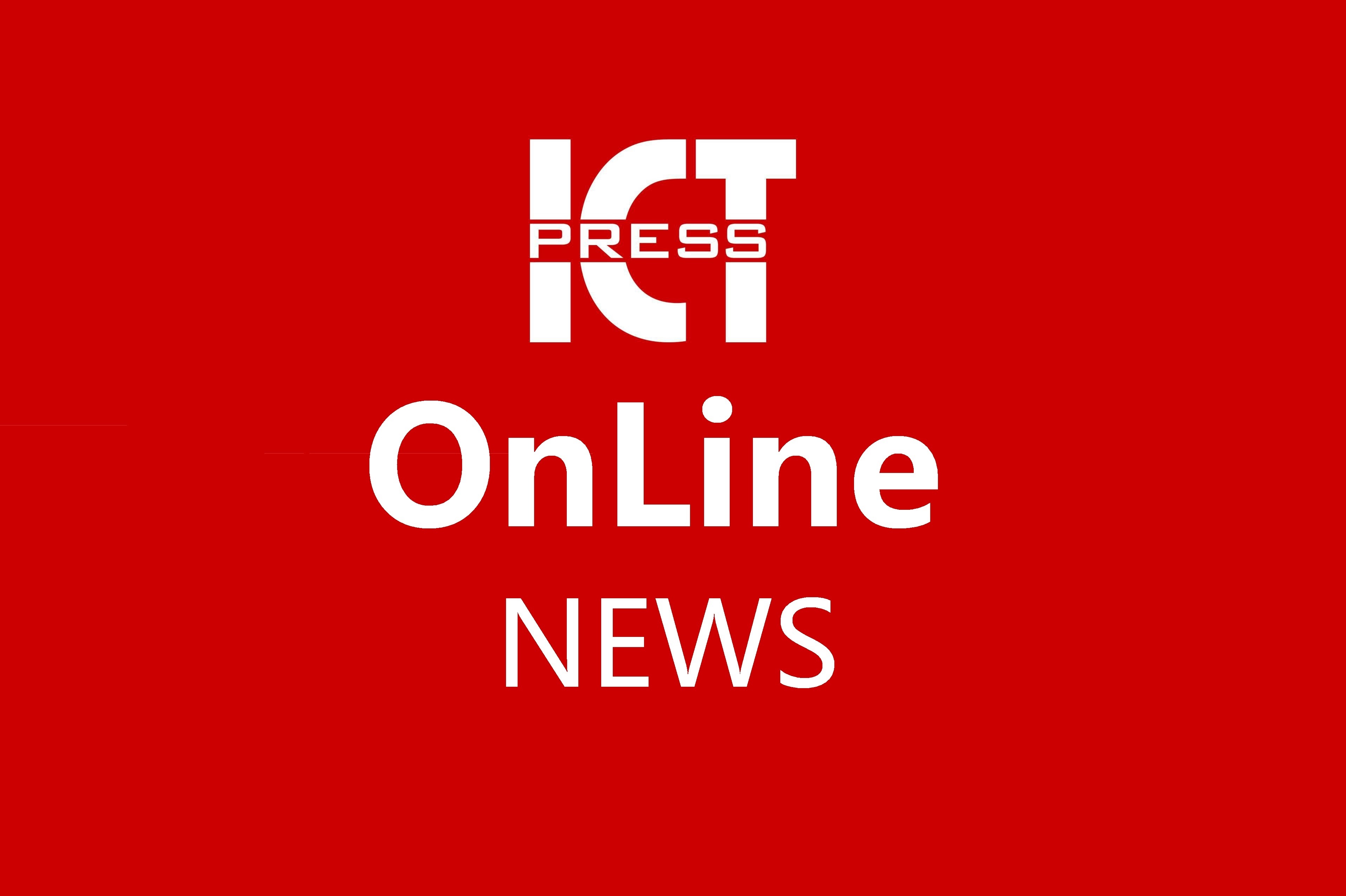
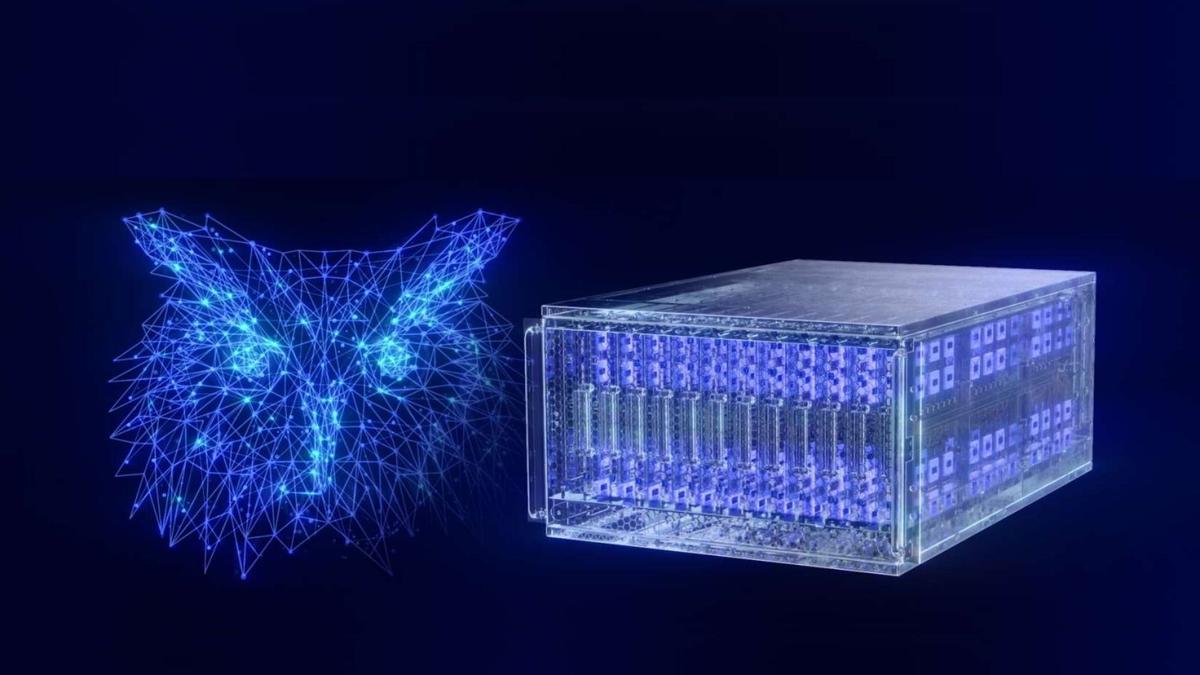


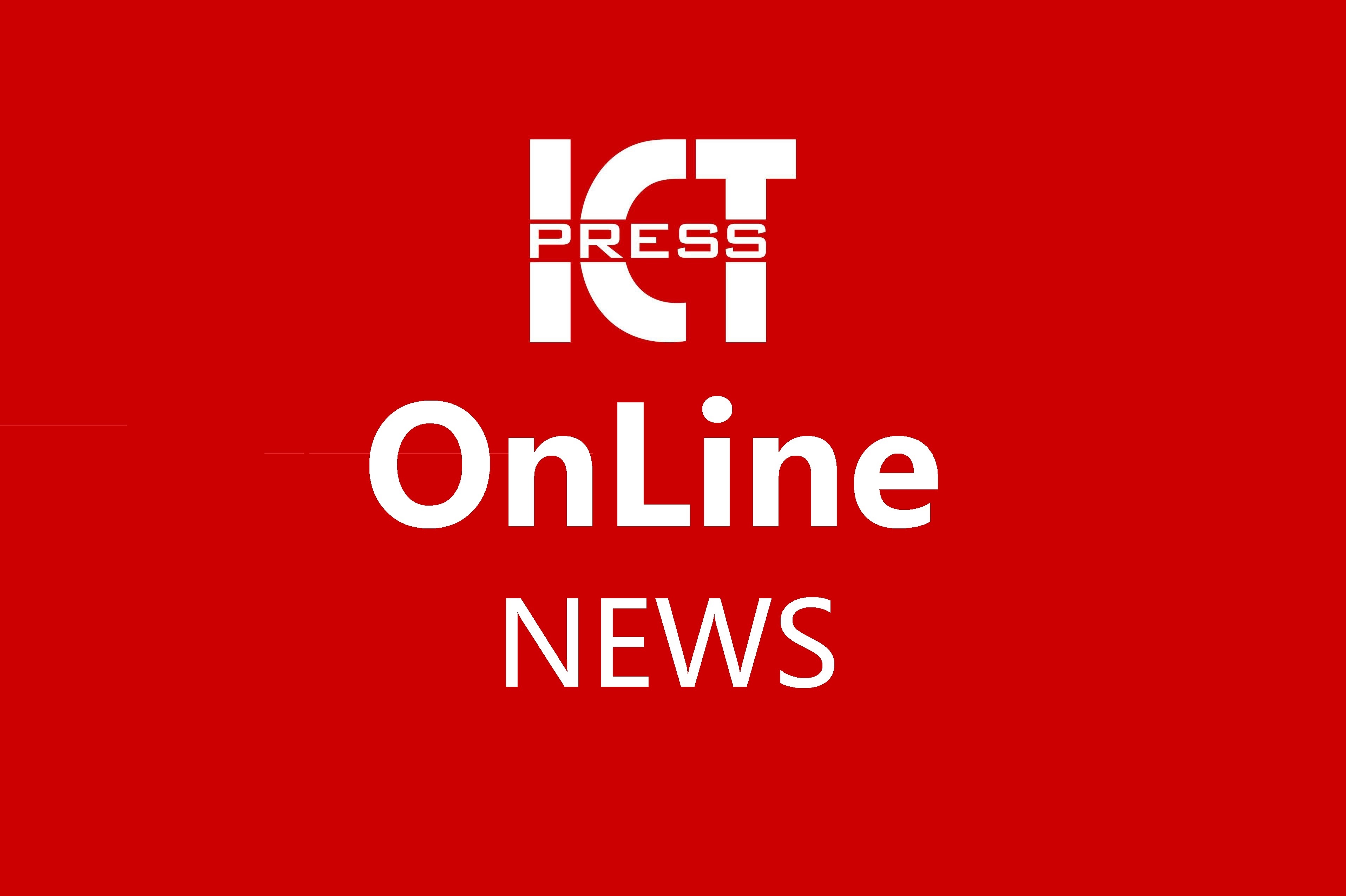
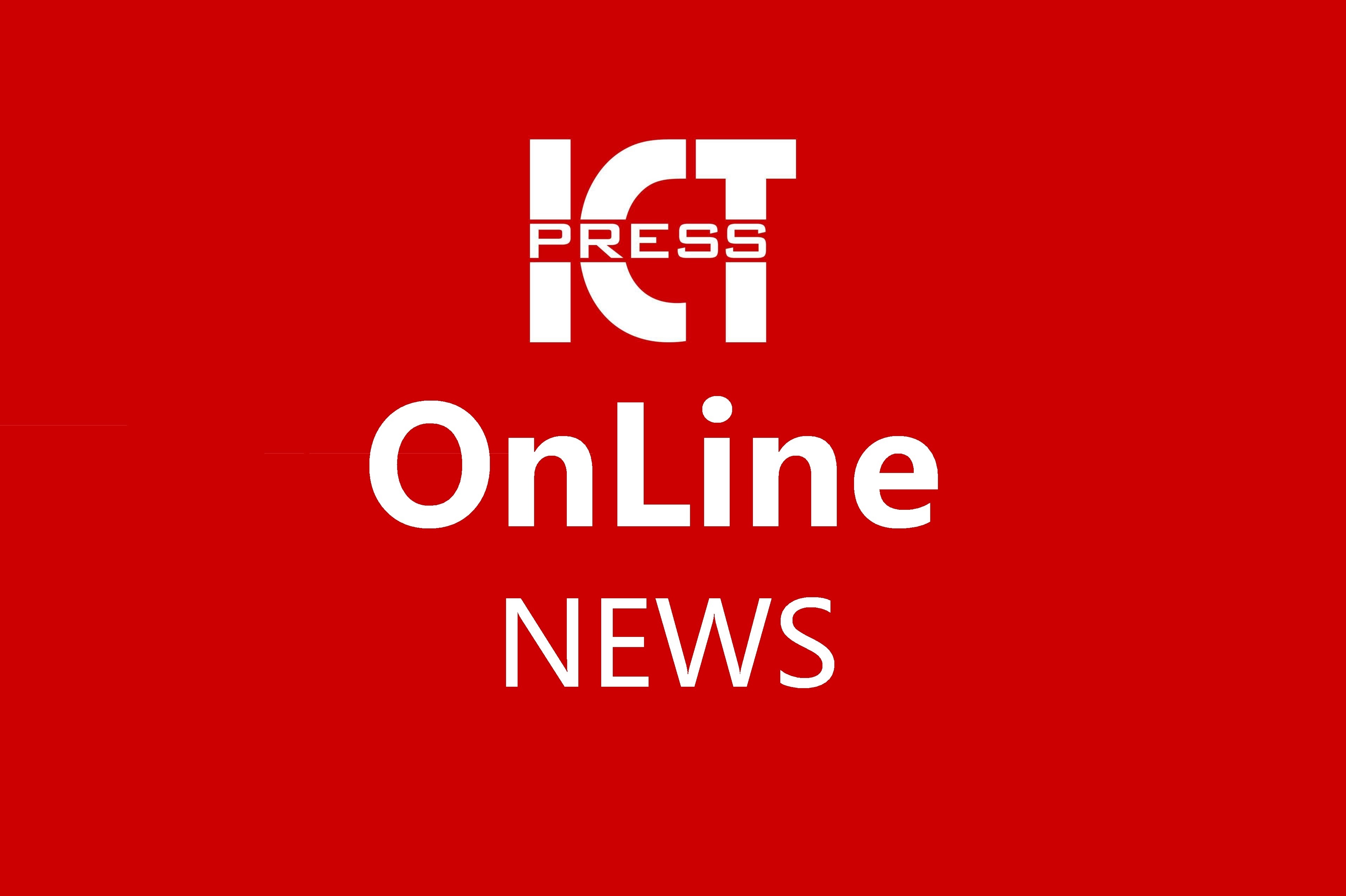
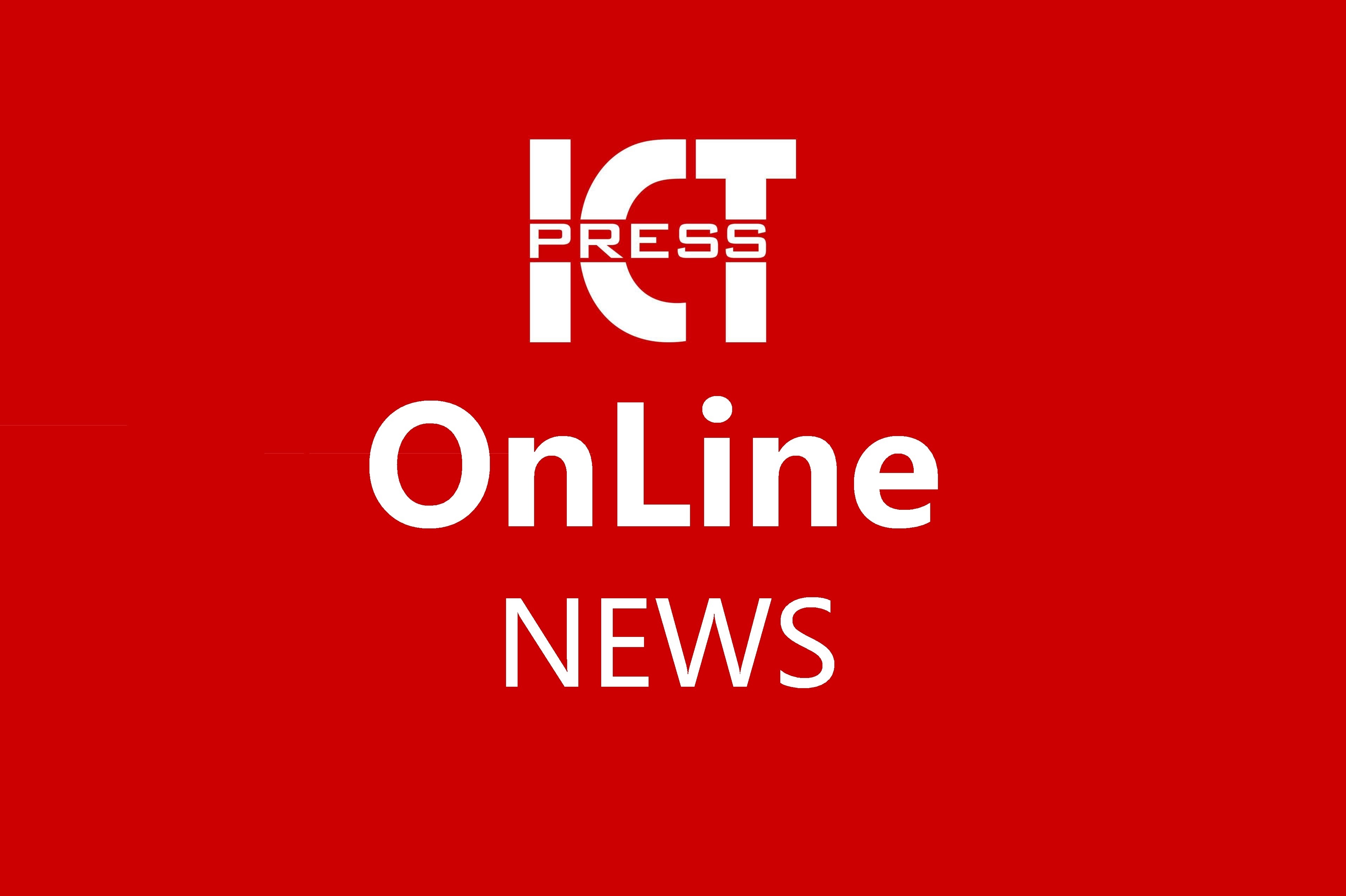
1714232714.jpg)
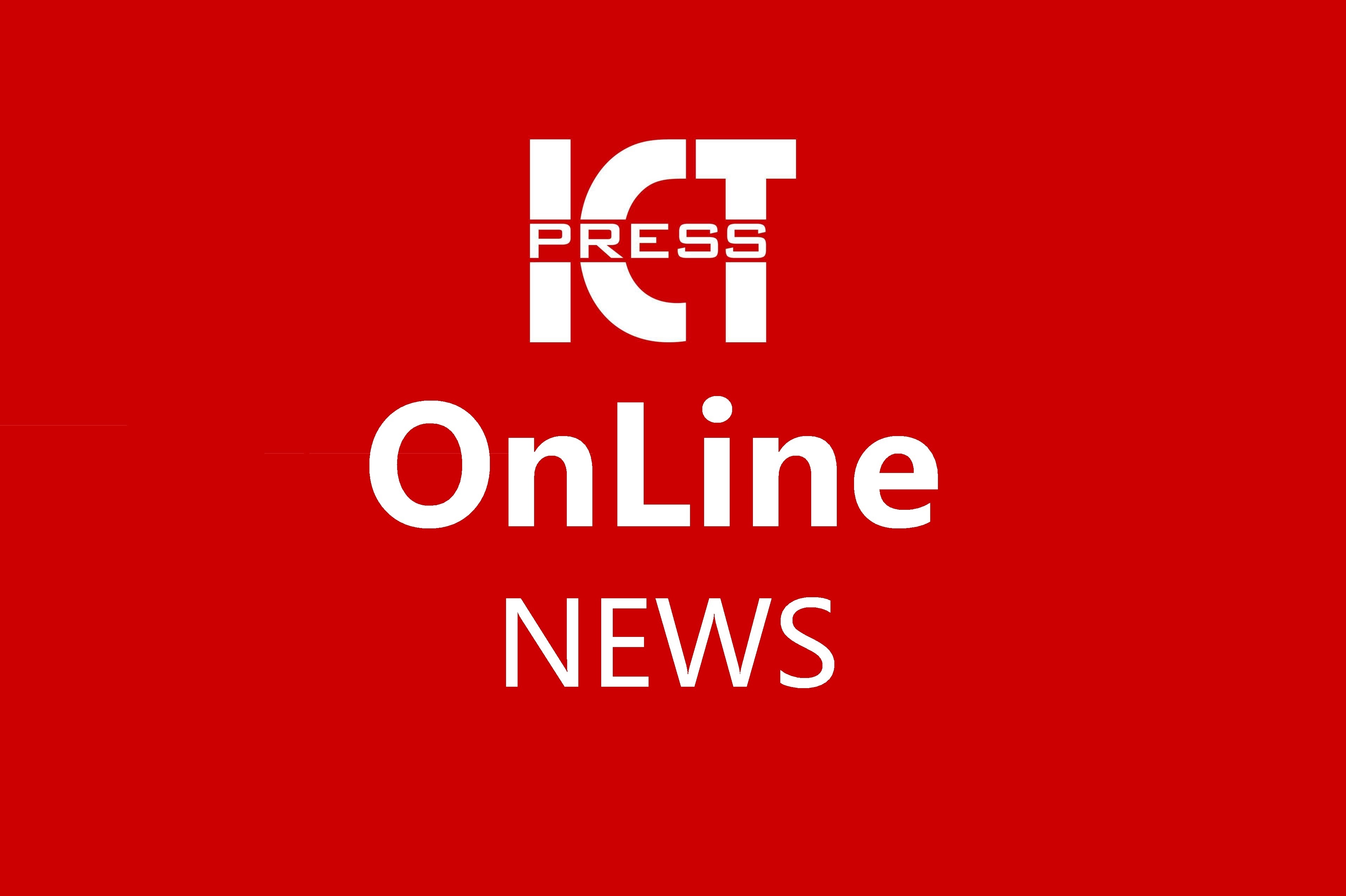

نظرات : 0